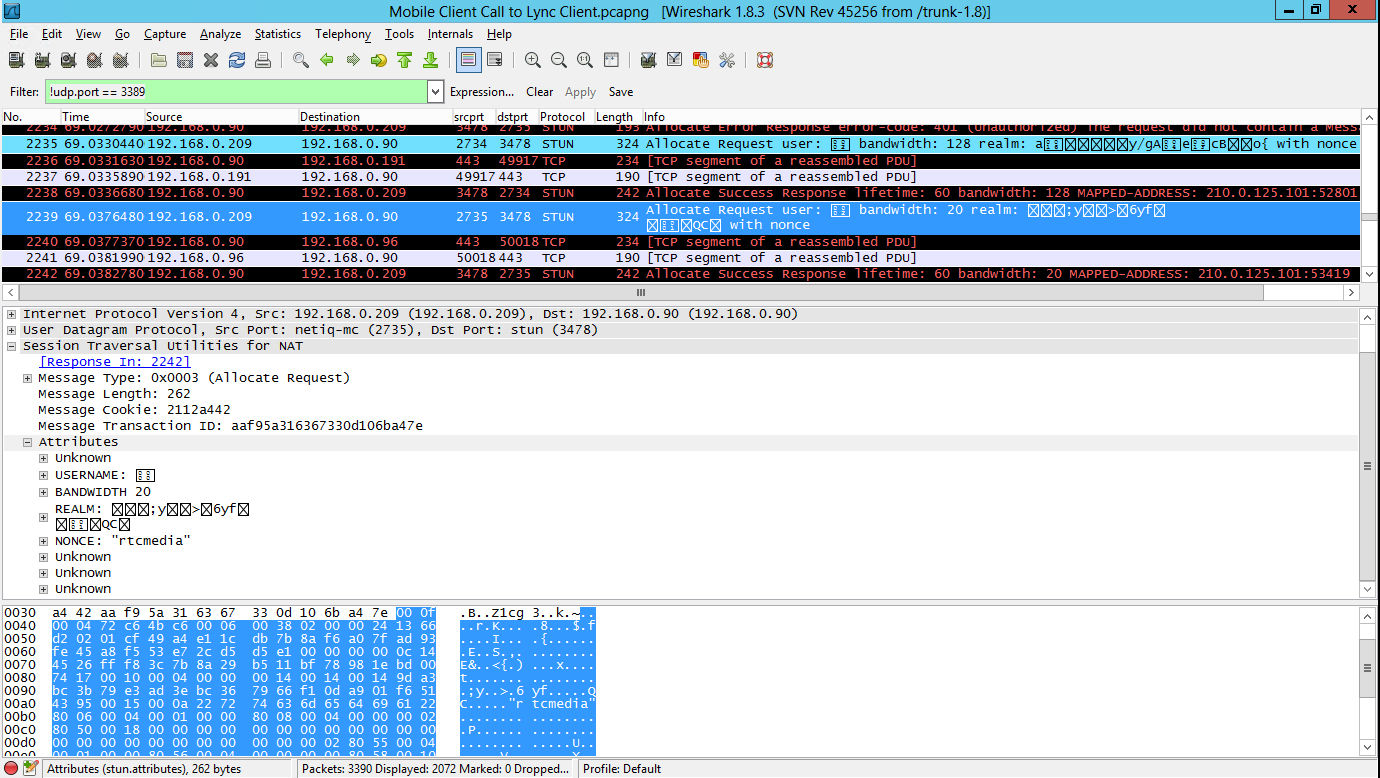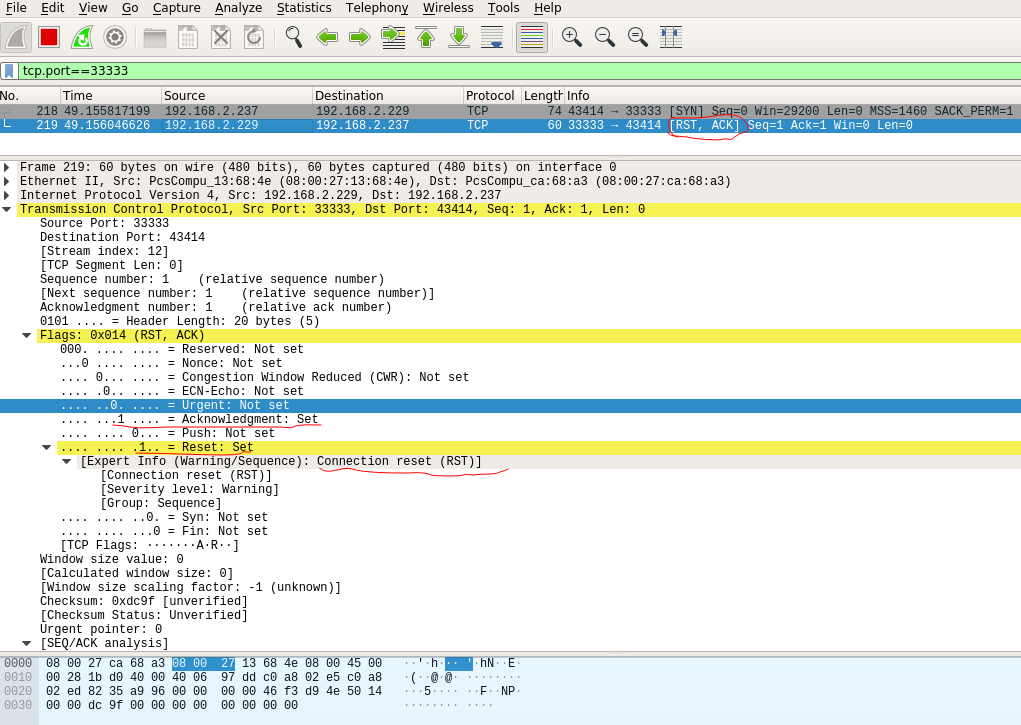


If you apply a display filter tcp.stream = 9 at both files and have a closer look at the packets which Wireshark's TCP analysis marks as unusual ones in the WAN-side capture, you'll see the following: But obviously the primary goal is not the filtering but either caching or, even more likely, analysing the files as they are downloaded for possible malicious contents. The first question would be what kind "firewall" do you use (and Travieso, if you are still interested, the same question applies to you)? Looking at the captures, I can see that the device is as if filtering out the turbulences happening at the WAN side so that they wouldn't affect the LAN side. I feel a bit weird answering a Question based on a capture file provided by a 3rd party, but the world isn't black and white. Here is the location of the PCAPS and network diagram: usp=sharing Here are some of the packets: The packets shown are from a trace on the switchport connected to the outside port of the firewall. Network is as shown : User-> switch -> (in)firewall (out) -> switch -> gateway router

I've confirmed the issue is not on the end users workstation as the issue happens from my PC as well. The users has internet connection, the problem only happens when accessing a specific site to view files. Hello everyone, I am troubleshooting an issue with slow and sometimes no connectivity, when a end user tries to open a file (PDF) on a file server over the internet.


 0 kommentar(er)
0 kommentar(er)
